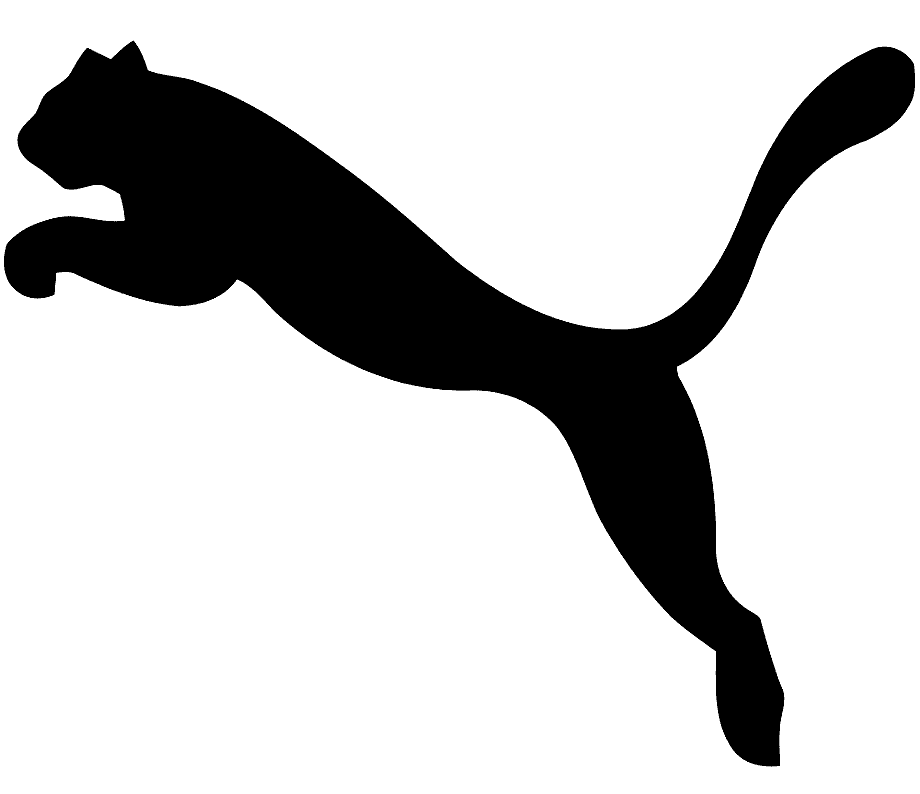League 2 Clyde face Rangers at Ibrox in the second round of the Petrofac Training Cup tonight, live on BBC ALBA at 7.35pm.
Most football fans will be aware that Clyde manager Barry Ferguson captained the Light Blues earlier in his career but how much else is known about the Bully Wee? Here’s Craig Stewart’s guide to 10 things about Clyde…
1. Clyde have had three permanent homes since they were formed in 1877, as well as having an eight-year period as tenants from 1986 to 1994.
Their first home was Barrowfield Park, which was situated on the banks of the River Clyde, and is believed to have consisted of a grandstand and a pavilion but no photographs are known to exist. The Barrowfield site could not cope with a boom in football attendances at the turn of the 20th century and a move across the river to Shawfield came to fruition in 1908.
That ground, famous for the greyhound track around it, was Clyde’s home for nearly 80 years but during that time ownership passed to the Greyhound Racing Association and Clyde were asked to leave in 1986. No new home was readily available and Clyde lodged with Partick Thistle for five seasons before moving to the Douglas Park home of Hamilton Accies.
During this time, the decision was made to relocate the club some 15 miles north to Cumbernauld and their new home of Broadwood Stadium was ready midway through the 1993/94 season. Clyde may not be finished with moving as a new home in East Kilbride, which sits closer to their spiritual home of Shawfield, is a stated aim of the current board.
2. Clyde were not one of the original members of the Scottish Football League when it was formed in 1890. They were accepted into the governing body the following year and Vale of Leven provided the opposition for their first ever league fixture on Saturday 15 August 1891. It was an impressive debut, with a 10-3 success as Clyde ended the season in eighth place.
3. Before every home game, Clyde play their Song of the Clyde, which includes reference to the club’s nickname The Bully Wee. There are three versions of how they came to be called by this moniker, with the first coming from their early days in Bridgeton, where some of the inhabitants were known as ‘Wee Bullies’ and this was transposed into the Bully Wee.
A rather more bizarre claim is that the club were visited by a group of French fans in 1900 and there was a disputed goal scored to which the visitors said "But il'y, oui?" (Their goal, yes) and the remark proved so popular with home fans that it stuck.
A more believable explanation comes from the old Victorian phrase of ‘bully’ which means first-rate or high standard. Clyde were considered first rate but were a small club and that led to them being referred to as the ‘Bully Wee Clyde’.
4. Clyde have won the Scottish Cup three times and were holders of the trophy for the longest period of time in Scottish football history. Motherwell were seen off 4-0 in the final of 1939 and, with the Second World War starting a few months later, the competition was not held again until season 1946/47, with Clyde keeping the silverware for eight years. The Cup was won again in 1954/55 when Celtic were beaten 1-0 in a replay and Hibs were defeated in 1957/58.
5. Clyde were the first club to give Billy McNeill a job in football management. The Lisbon Lion was appointed in April 1977 but his stay was to last just over a month. He moved to Aberdeen to replace Ally MacLeod, who was taking the Scotland job, with Craig Brown replacing him.
6. Billy McNeill returned to Clyde to sign Steve Archibald for Aberdeen in January 1978 for £25,000. Two years later he left the Dons for Tottenham Hotspur for £800,000 and in 1984 completed his journey from the Bully Wee to Barcelona. Archibald returned to play briefly for Clyde in 1992.
7. Footballer-turned pundit Pat Nevin started his career with Clyde, joining in 1981 after training with Celtic. In his first season Clyde won the Second Division and Nevin, who had scored 14 goals, was voted the SPFA Second Division Player of the Year. Nevin moved to Chelsea in 1983 and had the distinction of being the first ever player to have his transfer fee set by a cross-border Transfer Tribunal. The 50-year-old was inducted into the inaugural Clyde Hall of Fame in 2011.
8. The club’s greatest hero has to be Brian Ahern. The stylish defender featured in some 420 matches during two separate periods in the 1970s and 1980s, which makes him the record appearance holder. Ahern also skippered the side to a Championship success during the club's centenary season of 1977/78.
9. Clyde’s Match Programme, The Clyde View, won the Scottish Programme of the Year Award every season from 1995/96 to 2006/07. It was triumphant again in 2008/09 and it has also won the Scottish Divisional Programme of the Year Award every season from 1991/92 to 2011/12.
10. Clyde reached the Challenge Cup Final in 2006/07 but lost to Ross County on penalties after a 1-1 draw.





.png)












